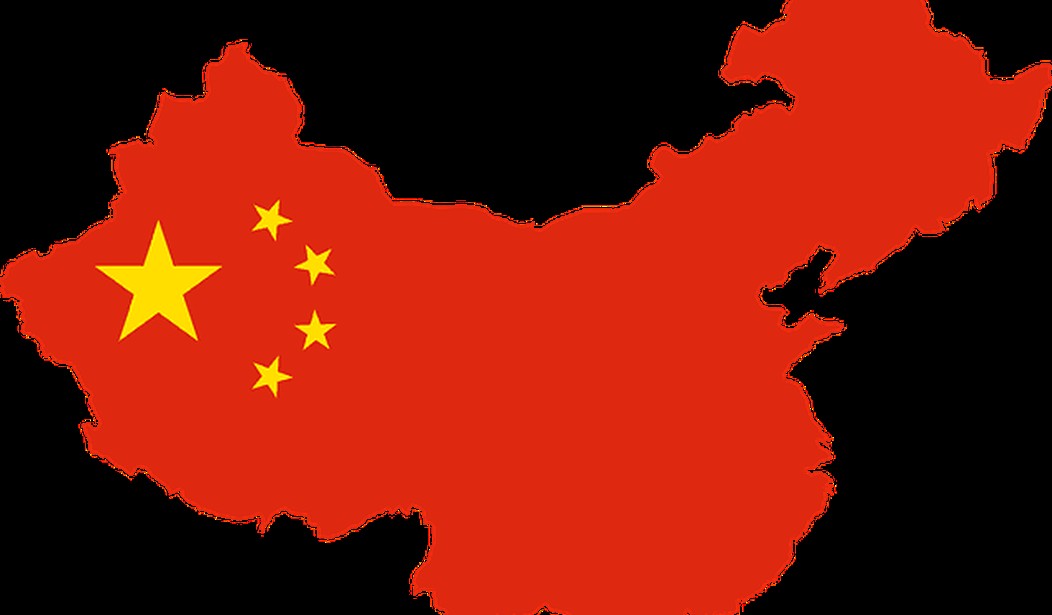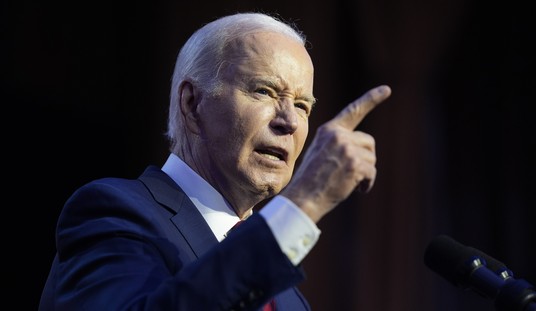China represents an existential threat to the national security of the US in terms of growth of military capabilities but more importantly in the economic realm as they pursue their “Made in China 2025” and Belt-Road initiatives. The purpose of this thread series is to present the contents of one of those reports in “bite-sized chunks” that are more easily digestible in order to convey a better understanding of the Chinese economy and its long-term challenges to the US and the world.
Part I introduced and summarized the Congressional Research Service report, “China’s Economic Rise: History, Trends, Challenges, and Implications for the United States,” which forms the basis for this thread series. So far, we have covered the report’s summary, a history of China’s economic development since 1979 and the two main factors contributing to their development over the years. Parts I, II and III can be found here, here, and here.
This part covers measuring the size of China’s economy, China’s role as the world’s largest manufacturer, and changes in China’s wage and labor cost advantages.
The rapid growth of the Chinese economy has led many analysts to speculate if and when China will overtake the United States as the “world’s largest economic power.” The “actual” size of China’s economy has been a subject of extensive debate among economists. Measured in U.S. dollars using nominal exchange rates, China’s GDP in 2018 in nominal U.S. dollars was $13.4 trillion, which was 65.3% of the size of the U.S. economy, according to estimates made by the IMF. China’s 2018 per capita GDP in nominal dollars was $9,608, which was 15.3% of the U.S. per capita level.
Many economists contend that using nominal exchange rates to convert Chinese data (or those of other countries) into U.S. dollars fails to reflect the true size of China’s economy and living standards relative to the United States. Nominal exchange rates simply reflect the prices of foreign currencies vis-à-vis the U.S. dollar, and such measurements exclude differences in the prices for goods and services across countries.
To illustrate, one U.S. dollar exchanged for local currency in China would buy more goods and services there than it would in the United States. This is because prices for goods and services in China are generally lower than they are in the United States. Conversely, prices for goods and services in Japan are generally higher than they are in the United States (and China). Thus, one dollar exchanged for local Japanese currency would buy fewer goods and services there than it would in the United States.
Economists attempt to develop estimates of exchange rates based on their actual purchasing power relative to the dollar in order to make more accurate comparisons of economic data across countries, usually referred to as purchasing power parity (PPP). The PPP exchange rate increases the (estimated) measurement of China’s economy and its per capita GDP. According to the IMF (which uses price surveys conducted by the World Bank), prices for goods and services in China are about half the level they are in the United States. Adjusting for this price differential raises the value of China’s 2018 GDP from $13.4 trillion (nominal dollars) to $25.3 trillion (on a PPP basis). Refer to Table 1 below, which is a comparison of Chinese, Japanese, and U.S. GDP and per capita GDP in U.S. dollars and a purchasing power parity basis for 2018:

IMF data indicate that China overtook the United States as the world’s largest economy in 2014 on a PPP basis. China’s share of global GDP on a PPP basis rose from 2.3% in 1980 to an estimated 18.3% in 2017, while the U.S. share of global GDP on a PPP basis fell from 24.3% to an estimated 15.3%. This would not be the first time in history that China was the world’s largest economy. Refer to the figure below:

China’s economic ascendency as the world largest economy has been impressive, especially considering that in 1980, China’s GDP on a PPP basis was only one-tenth that of the United States. Refer to the figure below, which compares U.S. and Chinese GDP (on a PPP Basis) as a percentage share of the global total for the years 1980-2018:

The IMF predicts that by 2024, China’s economy will be 56% larger than the U.S. economy on a PPP basis. The PPP measurement also raises China’s 2018 nominal per capita GDP (from $9,608) to $18,110, which was 28.9% of the U.S. level. Even with continued rapid economic growth, it would likely take many years for Chinese living standards to approach U.S. levels.
China has emerged as the world’s largest manufacturer according to the World Bank. The figure below lists estimates of the gross value added of manufacturing in China, the United States, and Japan expressed in U.S. dollars in 2006 and 2016.

Gross value-added data reflect the actual value of manufacturing that occurred in the country (i.e., they subtract the value of intermediate inputs and raw materials used in production). In 2016, the value of China’s manufacturing on a gross value-added basis was 49.2% higher than the U.S. level. Manufacturing plays a considerably more important role in the Chinese economy than it does for the United States.
In 2016, China’s gross valued added manufacturing was equal to 28.7% of its GDP, compared to 11.6% for the United States. In its 2016 Global Manufacturing Competitiveness Index, Deloitte ranked China as the world’s most competitive manufacturer (out of 40 countries), based on a survey of global manufacturing executives, while the United States ranked second (it ranked fourth in 2010). The index found that global executives predicted that the United States would overtake China by 2020 to become the world’s most competitive economy, largely because of its heavy investment in talent and technology (e.g., high levels of R&D spending and activities, the presence of top-notch universities, and large amounts of venture capital being invested in advanced technologies).
On the other hand, while China was expected to remain a major manufacturing power because of its large R&D spending levels, movement toward higher-valued, advanced manufacturing, government policies to promote innovation, and a large pool of graduates in science, technology, engineering and mathematics, it was viewed as facing several challenges, including a slowing economy, a decline in value-added manufacturing and overcapacity in several industries, rising labor costs, and a rapidly aging population.
As a result, China was projected to fall to the second-most competitive manufacturer by 2020. More broadly, the World Economic Forum (WEF) produces an annual report that assesses and ranks (based on an index) the global competitiveness of a country’s entire economy, based on factors that determine the level of productivity of an economy, which in turn sets the level of prosperity that the country can achieve.
The WEF’s 2018 Global Competitive Index ranked China as the world’s 28th -most competitive economy (out of 140 economies), while the United States ranked first. The decline in China’s working age population may have contributed rising wages in China. As indicated in the figure below, China’s average monthly wages (converted into U.S. dollars) in 1990 were $55, compared with $32 for Vietnam and $221 for Mexico.

However, in 2018, China’s average monthly wages (at $990) were 316% higher than Vietnam’s wages ($238) and 158.5% higher than Mexico’s ($383). From 2007 to 2018, China’s average monthly wages rose by 263%.
The American Chamber of Commerce in China (AmCham China) 2019 Business Climate survey listed rising labor costs as the second-biggest challenge facing U.S. firms in China (56% of recipients cited them as their largest concern). The figure below shows a comparison of labor costs per unit of production for the countries listed in the previous figure, indexed relative to U.S levels. In 2000, China’s unit labor production costs were 42.3 of U.S. levels and by 2018 they rose to 75.5% of U.S. levels.

Chinese industrial output is the largest in the world. This is exactly what the globalist envisioned when Nixon and Kissinger “opened” China back in the 1970s. This is the result of offshoring US manufacturing and creating the US Rust Belt as a result. Blame the Uniparty globalists!
China has the world’s largest industrial output. In 2016 it is estimated that the country produced $4.566 trillion of industrial output. Strong factory output, stable retail sales, and an ever-growing export market have helped propel China meet its economic expectations. In the third quarter of 2017, the GDP grew by 6.8%. The industrial output grew by 6.6% in September 2017 compared to a year earlier. In 2016 china exported goods worth $2.342 trillion, it was only surpassed by the European Union which exported $2.659 trillion. The European Union ranked just behind China with an industrial output of $4.184 trillion.
Read the rest here: https://www.worldatlas.com/articles/10-countries-with-the-highest-industrial-outputs-in-the-world.html
This part of the series ends here. The next part will discuss foreign direct investment in China and the factors driving the outflow of foreign direct investment from China.
The end.













Join the conversation as a VIP Member